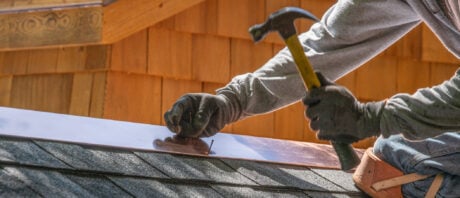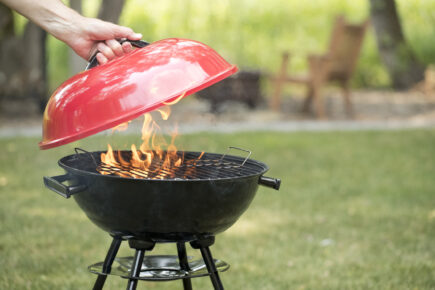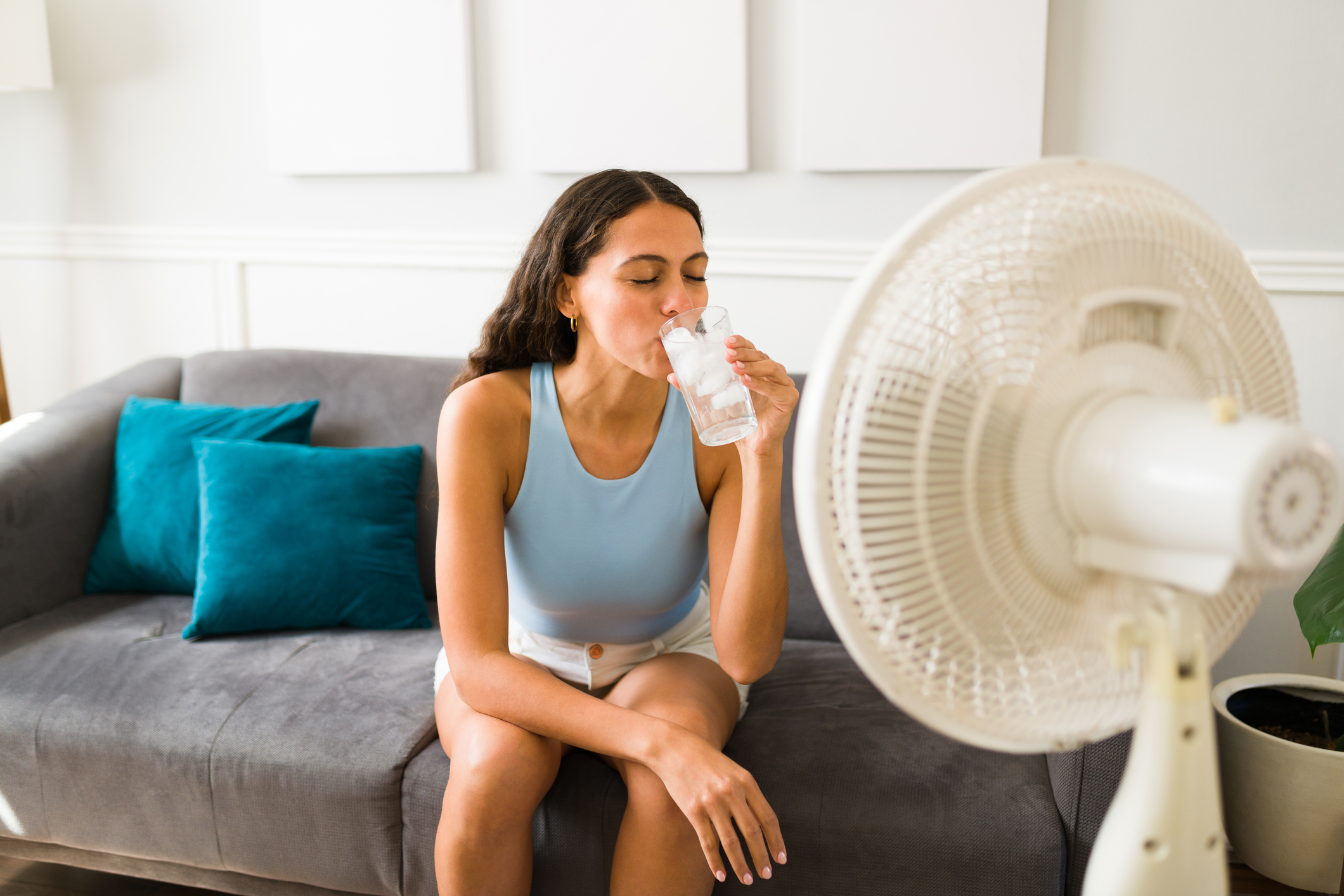Around the globe, countries are grappling with the effects of climate change. Canada is no different, with lengthy, record-breaking heat waves starting to become the norm. If you’re fortunate enough to own a home, you’re likely to turn to the great indoors for refuge when extreme heat strikes. But it may not be enough to simply close your blinds.
From insulation to caulking, there are ways to ensure your house is ready for intense hot weather. These home improvements — many of which you can DIY — can make your house a safer, more comfortable space. During a major heat wave, they could even save your life.
The threat of extreme heat
Though there is no widely agreed upon definition of a heat wave, a 2019 report from Prairie Centre Canada (PCC)[1], described it as a period of three days in a row when temperatures reach 30°C or above. The report found that in the coming decades, the frequency and intensity of heat waves across the country will skyrocket. In Regina, for example, “The average number of days per year that reaches or exceeds 34°C is expected to increase from three to over 23 by 2051-2080.”
Extreme heat is a threat on multiple levels. There are environmental concerns, such as droughts and wildfires, that can cause widespread damage to ecosystems. And there is the health and safety of the general population. Heat events can cause exhaustion, sickness and heat stroke, as well as exacerbate conditions like heart disease and respiratory illnesses. It can also result in premature death. According to the Canadian government, in 2021, nearly 600 people in British Columbia alone lost their lives during heat waves[2].
Particularly at risk are vulnerable members of society, such as seniors, people who live alone, people who are chronically ill and those with low incomes who may not be able to afford air conditioning. Heat can even increase the risk of depression and anxiety for individuals with mental health concerns.
Because of these serious consequences, the Canadian government has declared that “extreme heat events due to a changing climate are a growing public health risk in Canada.”
How to prepare your home for hot weather
During a major heat event, people are generally advised to stay indoors. But if your home is nearly as hot as it is outside, it isn’t going to offer much reprieve. To protect yourself and your family, it’s essential to prep your house for hot weather.
While having central air conditioning or window units is the most obvious way to help cool your house, there are numerous other things you can do to make your property more heat resilient:
1. Repaint the exterior a lighter, more reflective color
The colour you paint the exterior of your home affects the inside temperature. Lighter colours, like white, generally reflect heat, whereas darker hues, like black or dark blue, absorb it. The same goes for roofing, with lighter shingles better reflecting the sun’s rays.
2. Ensure walls, attics and other spaces are properly insulated
Just as proper insulation blocks out cold air from entering your home, it can prevent hot air from getting in, too. This means your AC unit won’t have to work as hard to keep things cool during a heat wave.
3. Caulk windows and doors and use weather stripping
Just as with insulation, maintaining the caulking around your windows and doors can keep hot air out. Weather stripping can help, too. Both are relatively simple and cost-effective DIY projects.
4. Coat and seal the roof
There are liquid sealants that you can apply to your roof to help reflect sunlight and keep the heat out of your home. Cool roof coatings have added benefits, too, such as improving the durability of your roof and potentially increasing your home’s value. However, cool roofs can also make it harder to heat your home when it’s cold outside.
5. Upgrade to light- and heat-blocking window treatments
According to the U.S. Department of Energy, approximately 76% of the sunlight that shines through an average window becomes heat[3]. Rather than relying on typical window treatments like curtains to block the sun, consider investing in light- and heat-blocking shades. For example, cellular shades block up to 60% of heat from the sun, according to Energy.gov. You can also try solar shades, window quilts, window films and more.
6. Get the AC inspected and clean filters
If you have an air conditioner, it’s important to make sure it’s cleaned and maintained regularly so that it doesn’t fail during a heat event. Consider having an HVAC specialist inspect your AC unit every spring before temperatures rise in the summer.
7. Embrace passive cooling techniques
Passive cooling techniques require some work up front but tend to pay off later. For instance, installing shutters and awnings can be a great way to beat the heat. The U.S. Department of Energy suggests that awnings, in particular, can reduce the sun’s heat by as much as 65% on south-facing windows and 77% on west-facing windows.
Other passive techniques include planting trees to provide shade and replacing incandescent bulbs with energy-efficient LED bulbs that give off less heat.
8. Use natural ventilation
You can take advantage of natural-draft ventilation to lower the temperature in your house. This is done by letting cool air enter at the lower level of your home or on its north side, while letting hot air escape through an open window on the upper level. This method works best at night when the air outside is cooler than inside. You can also make the most of cross-ventilation by opening doors or windows on opposite sides of a room to encourage airflow.
Article Sources
-
Prairie Centre Canada, “Heat Waves and Health: A Special Report on Climate Change in Canada,” accessed August 1, 2023.
-
Government of Canada, “Extreme heat events: Overview,” accessed August 1, 2023.
-
U.S. Department of Energy, “Energy Efficient Window Coverings,” accessed August 1, 2023.
DIVE EVEN DEEPER

How to Protect Your Home, Health When Air Quality Is Bad
Wearing a mask when outdoors, adding weatherstripping to windows and doors, and using HEPA filters are ways to minimize the impact of poor air quality.

These Upgrades May Shrink Your Home Insurance Costs
Upgrades like a new roof, security system or water alarm make your house safer and less susceptible to damage — and may result in lower home insurance premiums.

Inground Pool Cost in Canada
Dreaming of swimming in your own backyard? Here’s what an inground pool could cost to install — plus, the hidden costs you’ll want to factor in.

How to Avoid 5 Common Summer Home Insurance Claims
More time in the pool and firing up the grill can lead to costly home insurance claims. Here’s what to watch out for.

